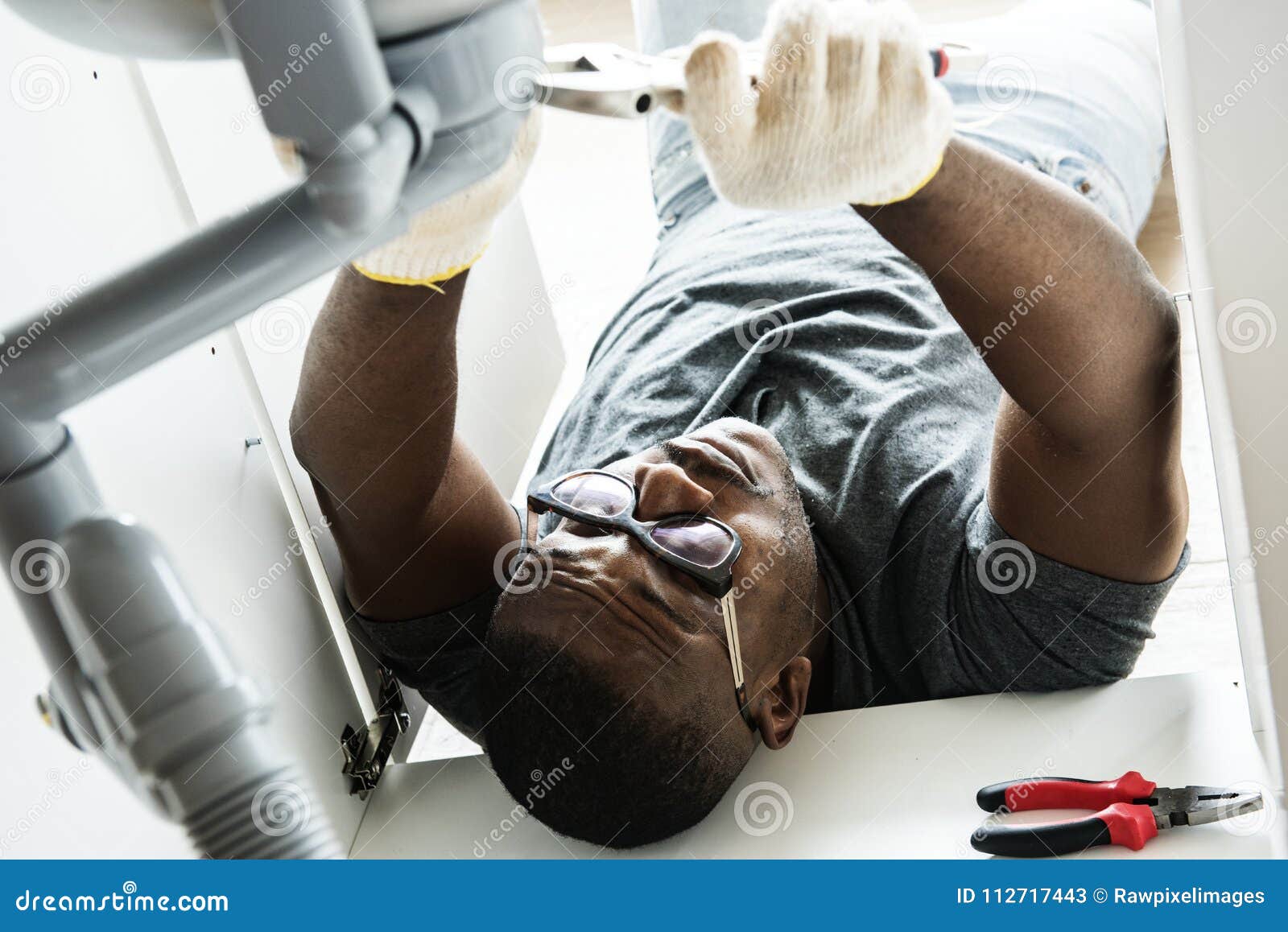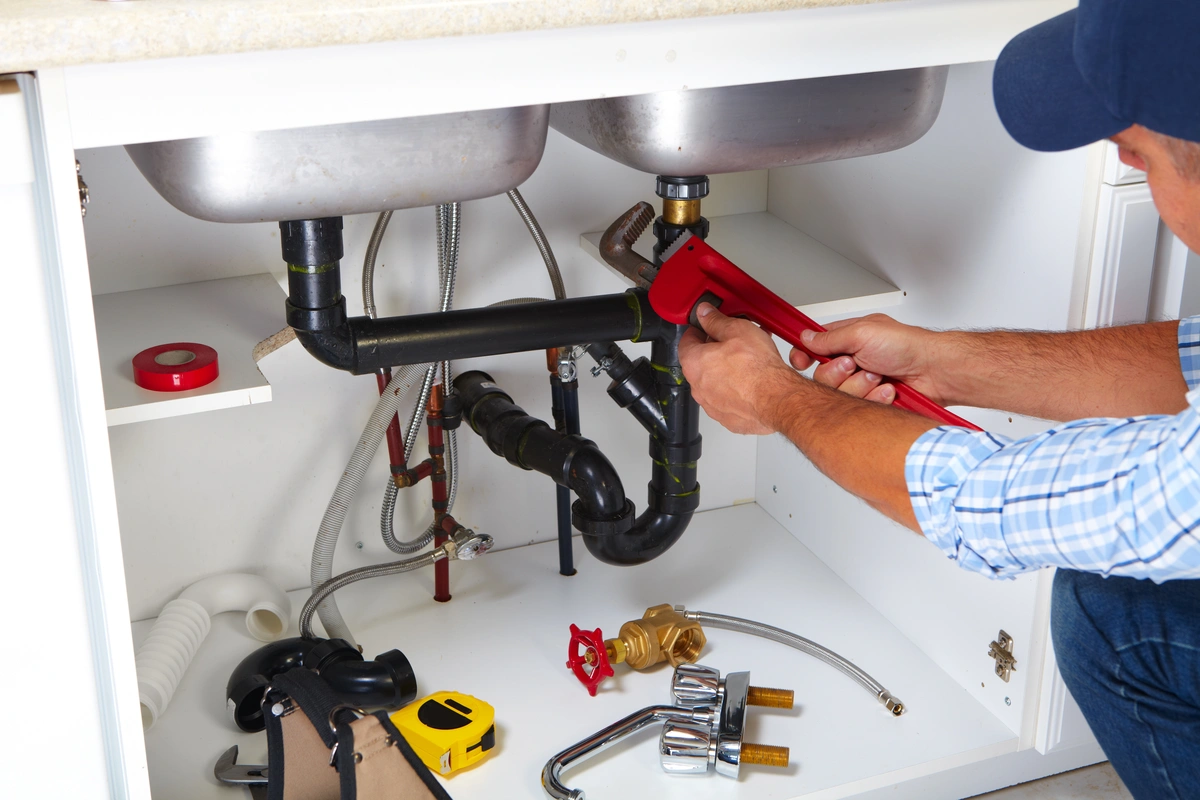Rapid and Efficient Drain Cleaning Alabaster AL Services Available
A Detailed Overview to Reliable Hot Water Heater Setup for Ideal Efficiency
Embarking on the job of installing a water heating system is a venture that demands accuracy and an organized technique for accomplishing optimal efficiency. As you continue, the complexities of linking water supply lines and establishing up trusted electrical or gas connections await, promising insights right into making certain efficiency and integrity.
Choosing the Right Water Heating System

Next, take into consideration the dimension and ability of the hot water heater. It's important to assess your home's hot water demands, which can differ based upon the number of occupants and their use patterns. A system that's as well small may lead to inadequate warm water, while an extra-large design may result in unnecessary power usage.
Performance scores also play a crucial duty in selection. Look for hot water heater with high Energy Variable (EF) rankings, showing premium performance and minimized power usage. Tankless designs, though normally much more costly in advance, offer considerable power savings over time as a result of their on-demand heating capabilities.
Preparing the Installation Location
Before installing a new water heating system, meticulous preparation of the setup area is crucial. It's critical to determine the room carefully to fit the water heater's measurements, making certain appropriate clearance around the device for effective procedure and maintenance.
Inspect the flooring for security, as the water heating unit will certainly require a solid, degree surface area to run effectively. If required, set up a drip pan below the unit to capture potential leaks or spills, protecting against water damages to the surrounding area.
Furthermore, make sure that all needed devices and products are on hand prior to beginning the setup. This consists of products such as wrenches, screwdrivers, a level, and any extra equipment required for mounting and safeguarding the heating unit. A well-prepared installment area establishes the structure for a successful hot water heater configuration, maximizing efficiency and safety and security.
Connecting Water Lines
When linking water supply lines to your freshly set up water heating unit, it is important to guarantee that all links are leak-free and secure to maintain effective procedure and avoid water damage. Begin by recognizing the warm and cool water supply lines. The cold water inlet is generally noted with a blue label or a "C", while the hot water outlet is noted with a red tag or an "H".
Use versatile hot water heater connectors to assist in a simpler installment procedure. These ports can soak up resonance and enable for minor motion, decreasing the risk of leaks. Before attaching the adapters, put a plumbing technician's tape around the threaded ends of the water heating unit's inlet and outlet pipelines - Plumber Alabaster AL. This tape serves as a sealant, avoiding leaks. Thoroughly link the flexible hose pipes to the corresponding inlet and electrical outlet, ensuring that they are tight however not over-tightened, which might harm the threads.
As soon as connections remain in location, slowly activate the major water system valve. Evaluate each link for leaks by visually checking and really feeling for dampness. Tighten connections as essential, and make sure the stress safety valve is appropriately installed, safeguarding versus excessive stress build-up.
Establishing Electrical or Gas Connections
Properly establishing up the electrical or gas connections for your hot water heater is a crucial action to ensure reliable and safe procedure. For electric water heating systems, begin by verifying that the electrical circuit works with the heating system's voltage and amperage needs. Make sure the power supply is switched off at the breaker to stop accidents. Attach the electric cables to the heating unit adhering to the producer's electrical wiring representation. Commonly, this entails linking the ground cable to the green terminal, click site and the staying cables to their matching terminals, safeguarding each with cable nuts.
For gas water heaters, security is vital. Confirm that the gas supply is off prior to proceeding. Link the gas line to the water heater using an adaptable gas connector, guaranteeing it is effectively threaded and secured with pipeline joint substance or Teflon tape suitable for gas links. Tighten the links with a wrench, making sure not to over-tighten (Plumber Alabaster AL).
Once links are made, evaluate for any prospective leakages. For gas lines, use a soapy water remedy to the joints; bubbles suggest a leakage. For electric connections, verify that all wiring is secure and correctly shielded, keeping conformity with neighborhood electric codes.
Readjusting and evaluating for Performance
With the electrical and gas links securely in area, the next step is examining the functional efficiency of your water heating unit. Begin by very carefully transforming on the water supply and ensuring there are no leakages at any of the joints or shutoffs.
Following, execute a thorough examination to guarantee the heating aspects or gas burners are working correctly. For electrical heating units, make use of a multimeter to confirm if the elements are drawing the suitable current. In gas designs, observe the burner fire; it look what i found needs to be consistent and blue, showing effective combustion.
Change the setups as necessary to eliminate ineffectiveness. Think about applying insulation measures, such as adding a hot water heater covering, to additionally improve performance by reducing original site heat loss. Furthermore, examine the anode rod's condition, as a shabby pole can decrease efficiency and cause container rust.
Conclusion
Reliable water heating unit installment is critical for ensuring ideal performance and power savings. Safely linking water supply lines and meticulously establishing up electric or gas connections reduce possible concerns.

Appropriately establishing up the electrical or gas connections for your water heating system is an important action to guarantee risk-free and effective procedure. For electric water heating systems, begin by confirming that the electrical circuit is compatible with the heating unit's voltage and amperage requirements. Connect the gas line to the water heating system utilizing a flexible gas adapter, guaranteeing it is properly threaded and sealed with pipe joint substance or Teflon tape appropriate for gas links.